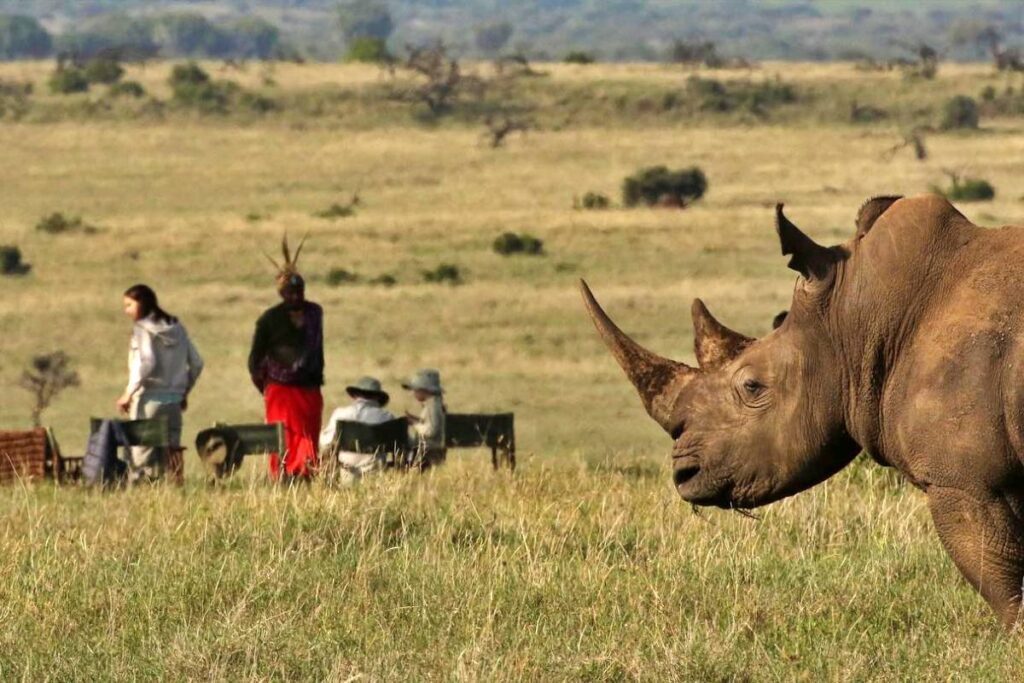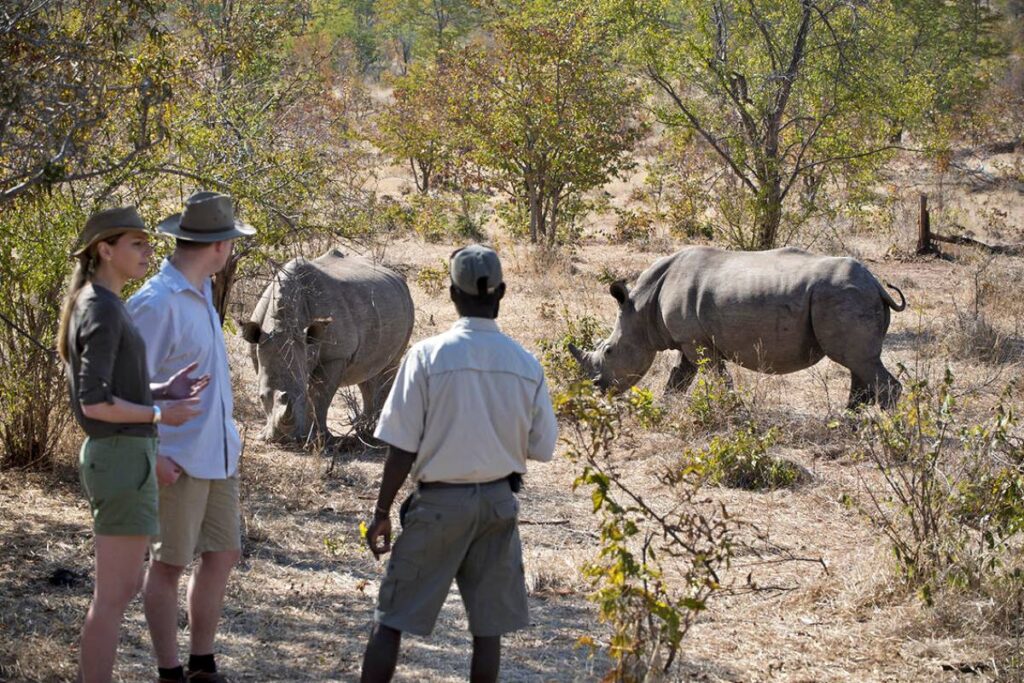Rhinoceroses, often referred to as rhinos, are distinguished as members of the family Rhinocerotidae, which encompasses five living species of odd-toed ungulates. Two species are native to Africa, and three are found in South and Southeast Asia. These impressive animals play a crucial role in their ecosystems.
Unfortunately, rhinos are currently facing significant threats due to the illegal trade of their horns, which are highly valued in black markets, particularly in China and Vietnam. This demand stems from the belief in the medicinal properties of rhino horns, although they are composed of keratin—the same material as human hair and nails—with no proven health benefits. To combat this troubling trend, awareness and education about the realities of rhino horn use are vital.
Historically, Yemen also had a considerable demand for rhino horns for use in dagger handles, particularly during the 1970s and 1980s. Understanding these market dynamics is key to developing effective strategies for rhino conservation efforts.

Appearance
Rhinoceroses are among the largest terrestrial megafauna that remain, with adults weighing over half a tonne. The term “black rhinoceros” was created to differentiate this species from the white rhinoceros; however, it is important to note that colour alone does not distinguish the two species.
Black rhinos possess relatively small brains—400 to 600 grams (14 to 21 ounces)—considering their considerable size. They have one or two prominent horns and thick skin ranging from 1.5 to 5 centimetres (0.59 to 1.97 inches) in thickness, made of layered collagen that forms a protective lattice. Their skin, characterised by folds, typically appears grey to brown, and most adults are almost hairless, except for their eyelashes, ears, and tails. Notably, the Sumatran rhinoceros is an exception, often covered in a more substantial amount of hair.
Their robust limb bones are adapted to support their weight, and all living rhinoceroses typically have three toes on each foot, enabling their unique locomotion.
Diet of the black rhinos
Rhinoceroses display a remarkable range of dietary preferences that are finely tuned to their specific habitats. The white rhinoceros, known for its large size and robust build, primarily graze on various types of grasses, favouring the nutrient-rich pastures of the savannah. This species can consume up to 120 pounds of grass in a single day, relying on their wide mouths and flat, broad molars to efficiently clip and grind their fibrous food.
On the other hand, the black rhinoceros has a different feeding strategy. It specializes in browsing rather than grazing, primarily consuming leaves, fruits, and the tender shoots of shrubs and trees. Their prehensile upper lips are uniquely adapted for grasping and pulling branches, allowing them to reach high foliage that many other herbivores cannot access. This makes the black rhinoceros an important player in shaping their ecosystem, as they help to control the growth of woody plants.
Meanwhile, the Sumatran and Javan rhinoceroses exhibit a mixed feeding behaviour, incorporating both grazing and browsing into their diets. These species have adapted to the dense jungles of Southeast Asia, where they consume a variety of plant materials, including grasses, leaves, and fruit. Their diet is crucial for maintaining the biodiversity of their habitats, as they disperse seeds through their excrement, promoting plant regeneration.
As herbivores, all rhinoceroses are highly efficient bulk feeders, dedicating a significant portion of their day to foraging. Their diets predominantly consist of leafy materials, and their specialized digestive systems, equipped with a complex structure that allows for fermentation, enable them to process fibrous plant matter effectively. An essential element of their feeding behaviour is their use of their lips, which are particularly well-developed in the African species. This anatomical adaptation is critical, as both the white and black rhinoceroses lack front teeth. As a result, they rely entirely on their lips to grasp and manipulate vegetation, showcasing a fascinating example of how evolution tailors adaptations to meet dietary needs in response to environmental conditions.

Characteristics
Black rhinos are known for their assertive nature; they are quick to charge at perceived threats, demonstrating their instinct for self-defence. Interestingly, they have been observed charging at trees and other objects, indicating a strong display of their aggression. Intraspecies combat is also common, with the highest documented rates of fatal injuries in mammals—approximately 50 per cent of males and 30 per cent of females succumb to combat-related wounds.
Recent studies have suggested that in controlled environments, male black rhinos generally sleep significantly longer than females, a finding that can inform care practices in conservation settings. In the wild, adult rhinos have very few natural predators due to their size and formidable horns. However, in rare instances, adult black rhinos have been known to be preyed upon by crocodiles, while calves may occasionally face threats from lions.
Despite their bulk, black rhinos can reach impressive speeds of up to 55 kilometers per hour, running on their toes, demonstrating their agility. While previously assumed to be short-sighted, recent research indicates that black rhinos may possess better eyesight than once thought. They often share trails with elephants, utilizing well-worn paths to navigate between feeding areas and water sources, demonstrating their adaptability.
Where To Spot Black Rhinos
For those interested in witnessing these magnificent creatures in their natural habitat, several protected areas in Africa offer opportunities for observation. Key locations include the stunning Lewa Conservancy, Ol Pejeta and the Masai Mara in Kenya, the renowned Serengeti and Ngorongoro Crater in Tanzania, the beautiful landscapes of KwaZulu-Natal in South Africa, and the remarkable environments of Namibia’s Etosha and Damaraland. By supporting conservation efforts in these regions, visitors contribute to the protection of black rhinos and help ensure that future generations can appreciate and learn from these incredible animals in the wild.

Ready to plan a safari?
Reach out to us now, and one of our experienced Travel Experts will personally get in touch with you within the next 24 hours, ready to assist you with all your travel inquiries and planning needs.
